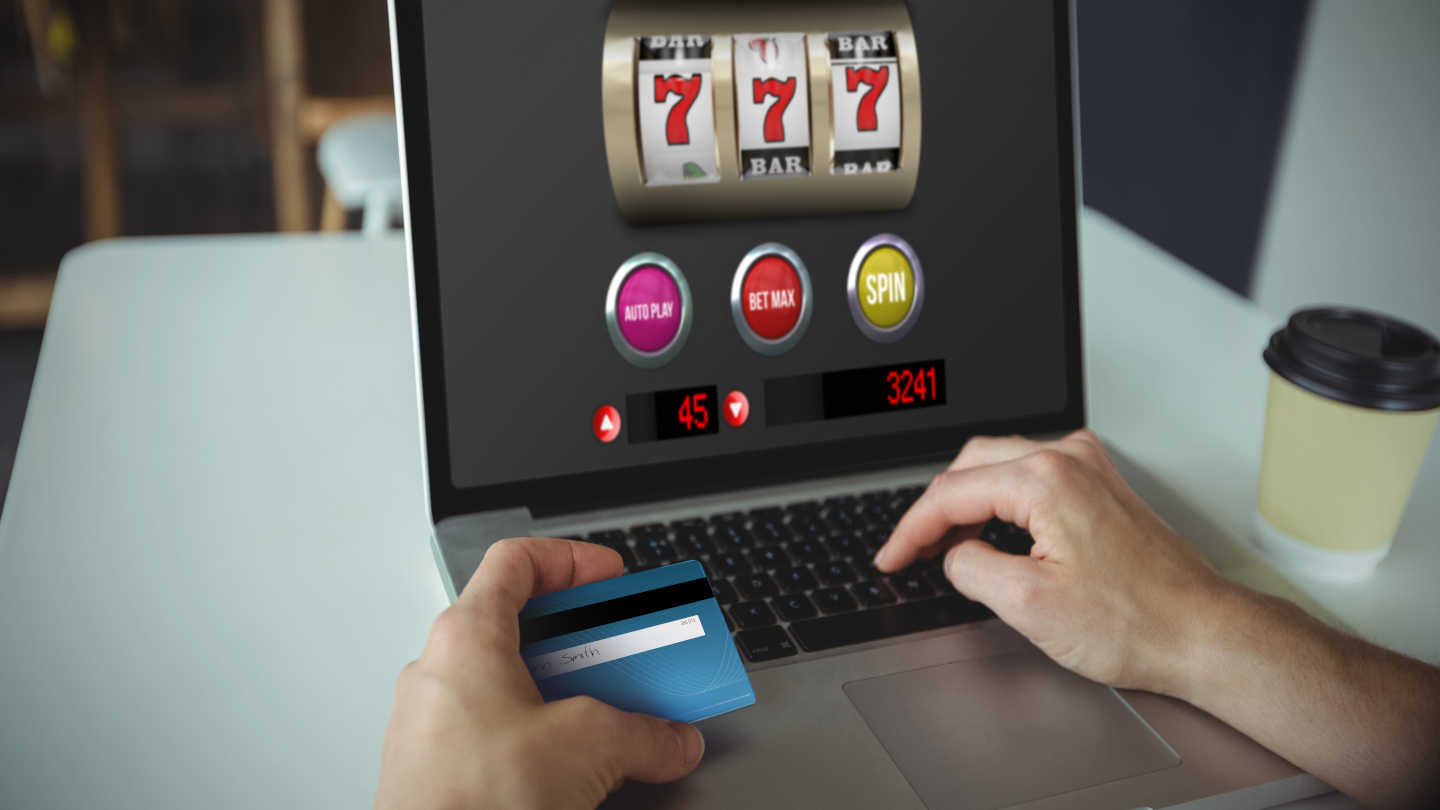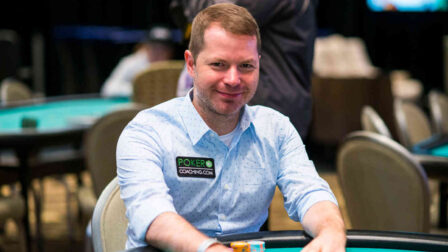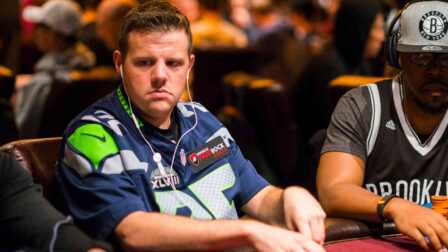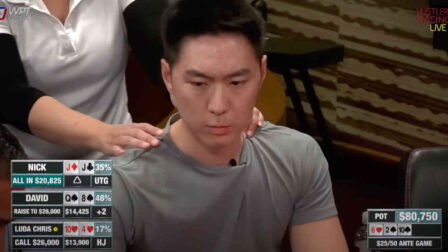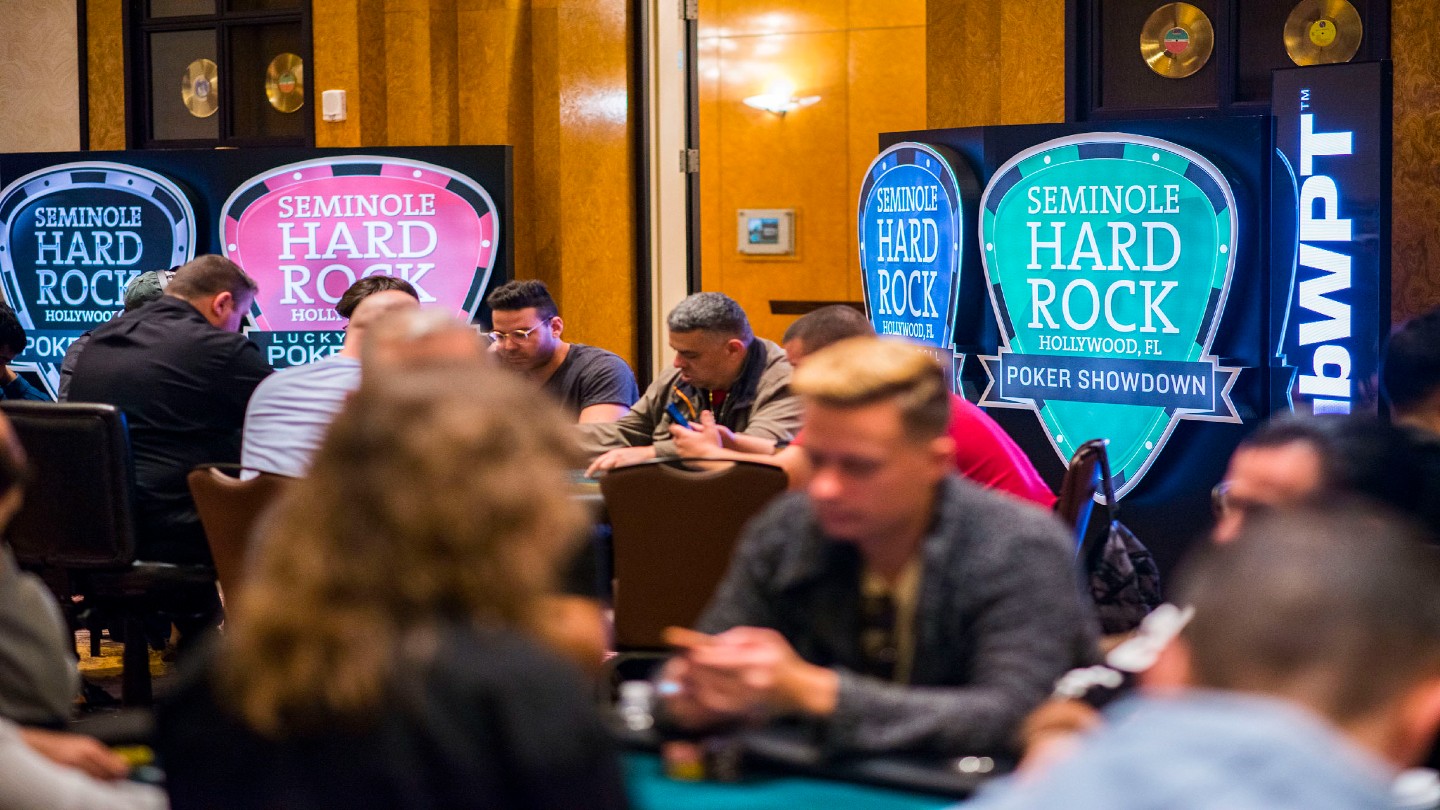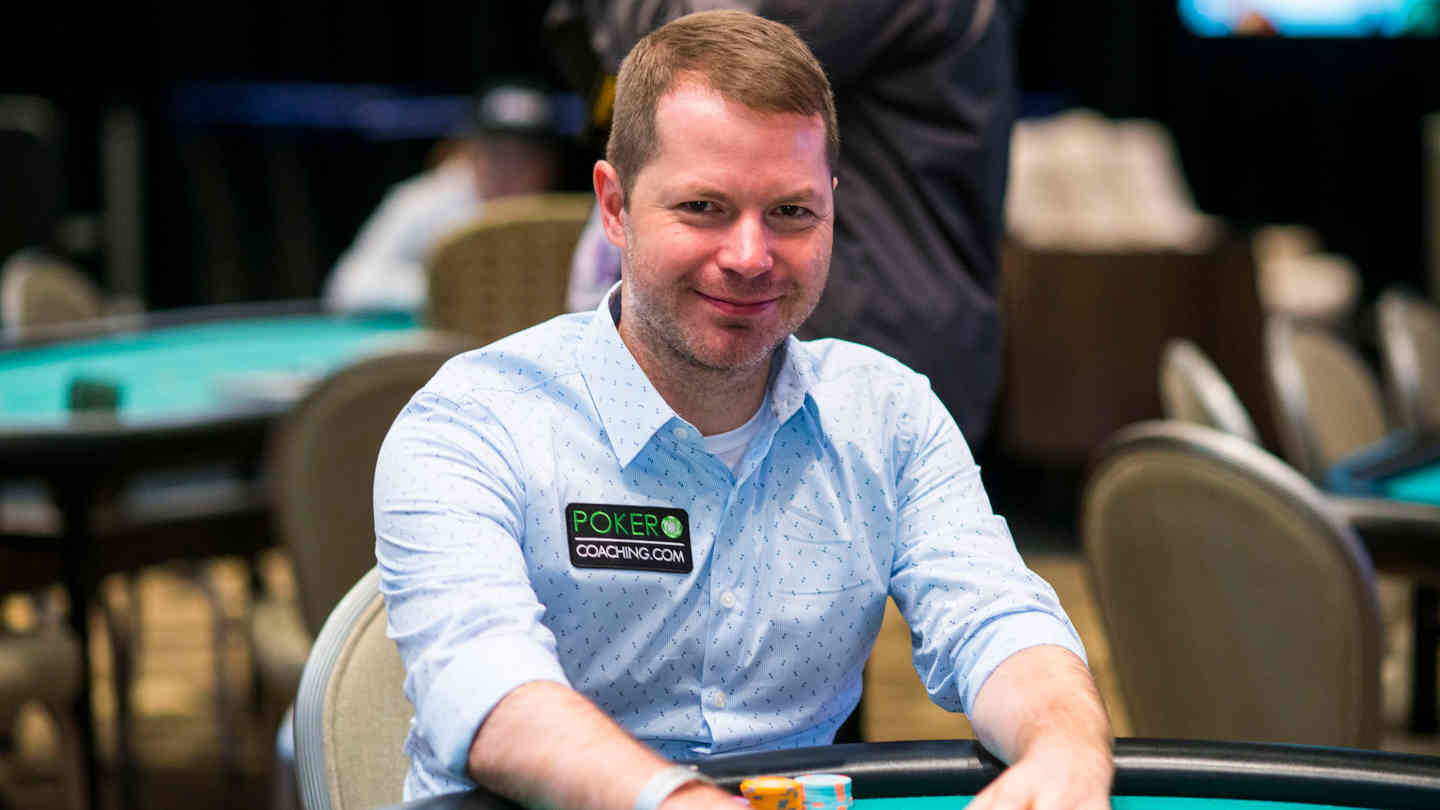Building Optimal Small Blind Strategy in Tournaments
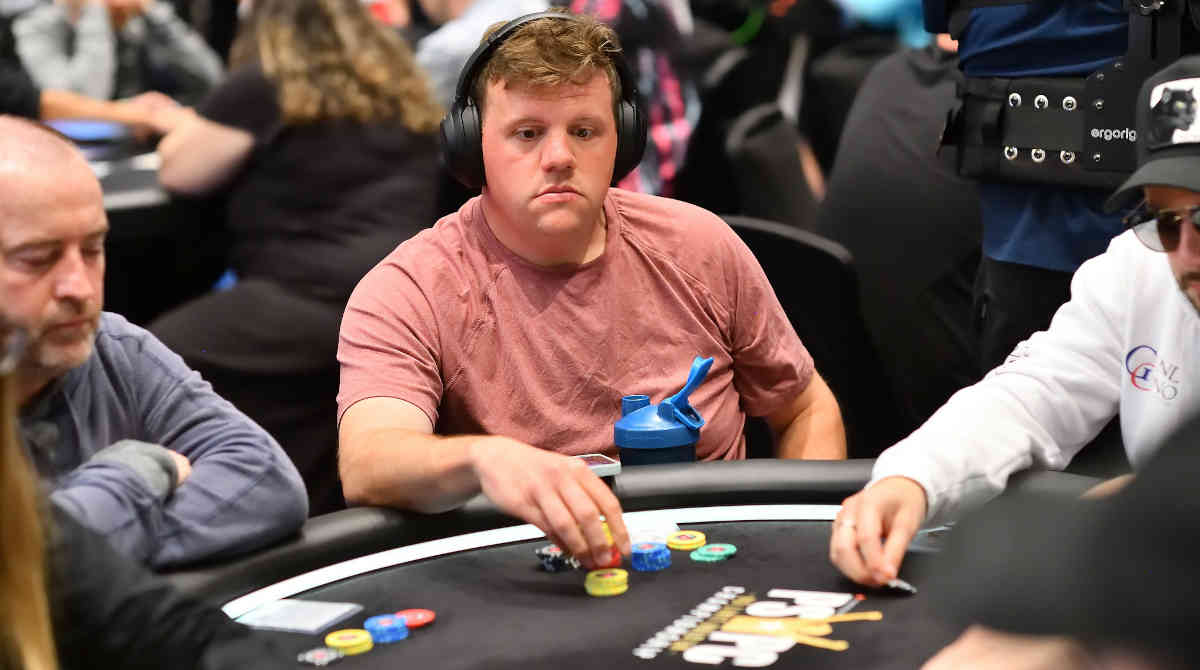
5 minutes
Last Updated: March 10, 2024
If you want to increase your edge at the tables even further, make sure to check the Pokercoaching training site.
…
One question I often get is: what is the right way to play from the small blind when the action folds to me? How often should I be calling, what hands to raise with, and how does the stack size influence my strategy?
One simple fact is that small blind is the worst position to be in at the table, forcing you to put money into the pot and always be out of position to everyone else, including the big blind. But, with the right strategy, you can significantly improve your results from this position.
The best way to start is by looking at the preflop strategy, as this is where you’ll be setting foundations for the rest of the hand, and any problems on future streets will likely stem from these decisions.
So, in this article, I’ll give you some tips on how to approach playing from the small blind when there is only the big blind left to act. To make things simpler, we’ll assume the scenario where there is one big blind ante added to the pot, which is standard for most tournaments today.
–
Small Blind Strategy When Deepstacked
The deeper the stacks, the harder it is to play from the small blind. High SPR and wide ranges, combined with the fact we have to play out of position, create a rather difficult setting to navigate.
The first thing you need to determine, regardless of the stack size, is the kind of opponent you’re facing. This will have a big influence on your SB strategy.
To figure out if you’re against a good player or not, consider these things:
- How do they react to limps – will they check behind, or will they iso-raise frequently?
- How do they react to raises – are they overfolding, calling too much, or calling optimally?
- What’s their postflop game like – do they fold to c-bets a lot?
Answering these questions will help give you an idea about how difficult it will be to play against this particular player, which will, in turn, shape your strategy.
In deep stack situations (around 100 big blinds) and facing good players, you’ll have no raising range whatsoever, and you’ll have a huge calling range of around 93%. This means you’ll only be folding a few of the absolutely worst starting hands.
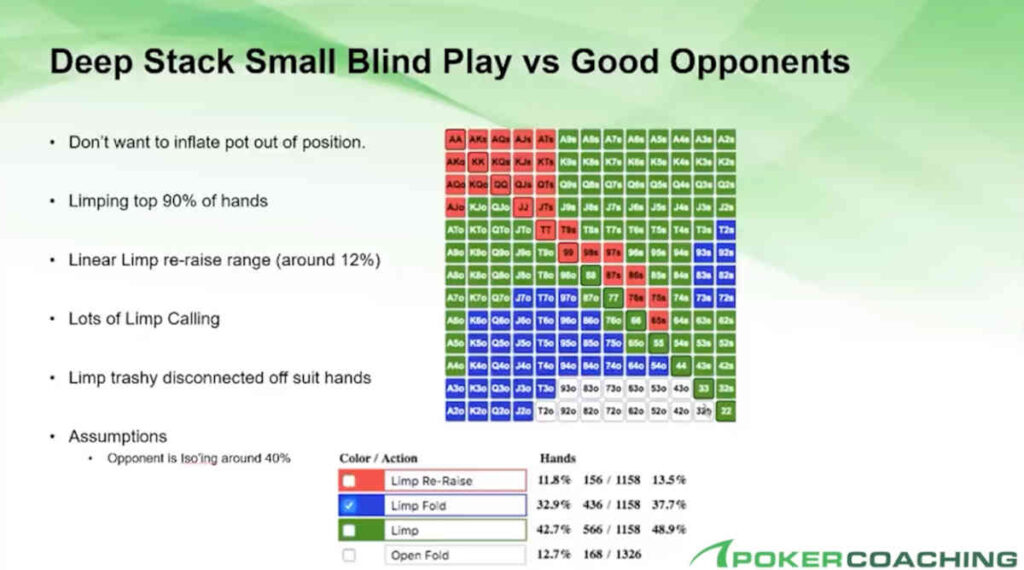
As for the rest, you’ll be limping in, with the intention of limp-raising with the linear range (making up around 12%) and limp-calling with about 43% of the range.
The idea here is that we don’t want to be bloating the pot out of position with deep stacks, and having the liner limp-raising range allows us to build the pot and reduce the SPR in spots where we don’t mind it, as our range consists of mainly strong hands.
Strategy Against Weaker Players
The strategy I’ve just described is best against really strong players who are iso-raising about 40% of the hands. The truth is, this is a very hard number to reach, and most players don’t come even close to it.
If you’re facing a player that you know isn’t iso-raising enough, the incentive to slow-play your big hands lessens, as you won’t get as many opportunities to limp-raise.
Against these players, you’ll want to start raising with your big hands, and, depending on their tendencies, you can really extend your raising range.
If an opponent is over-folding in the big blind, you can start attacking them with 3.5x – 4x raises or even go with a smaller sizing if you know it will work.
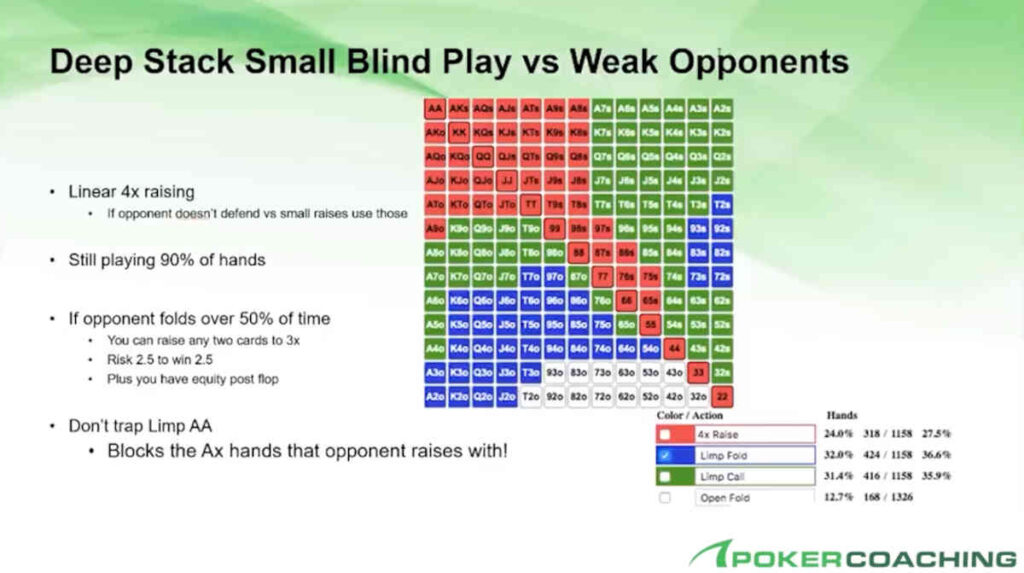
In fact, math dictates that if the big blind player folds over 50% when facing a raise, you can go for a 3x open with any two cards and show a profit. Even if they fold 50% of the time exactly, you’ll still be profitable, as you’ll win some of those pots after the flop.
You’re risking 2.5 blinds to win 2.5 blinds already in the pot, with some added postflop equity.
As one final note on playing weak players, don’t fall into the trap of limping with your pocket aces specifically (even though you’re raising your other big hands).
When you have AA, you’re blocking many hands that they’d be likely to iso-raise with, so limping will not produce better results than raising against these players in the long run.
Shallow Stack Small Blind Strategy
As stacks get shallower, your small blind strategy should change. Since the SPR is no longer that high, we are happy to raise more hands and play more flops. So, many of our off-suite and suited broadway hands become raises.
Against good opponents, our limp-calling range remains similar, but we add a few more hands to the limp-raising range, such as big suited and off-suite aces and big pocket pairs like QQ through 88.
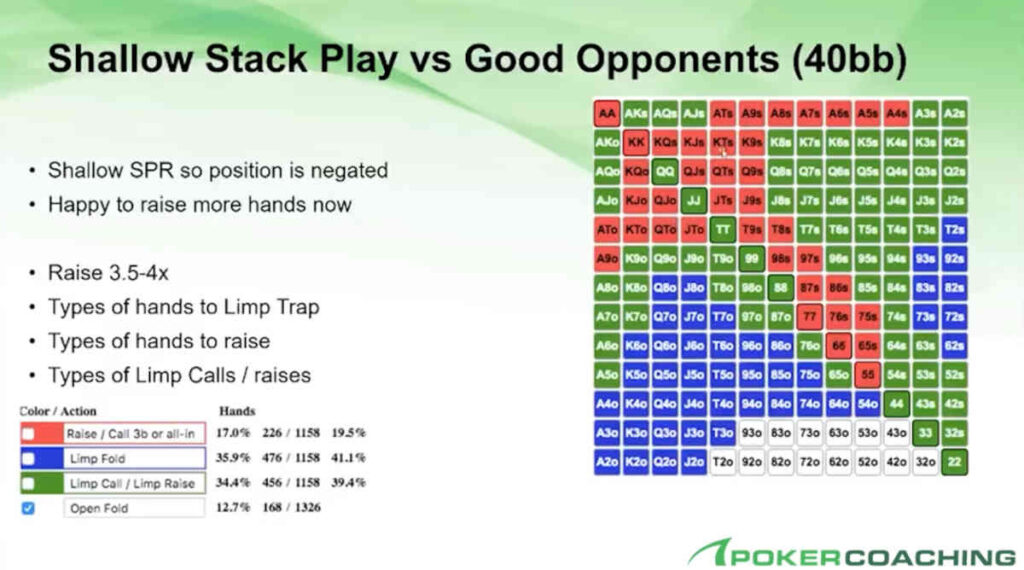
With kings and aces, you’ll want to raise because of the reasons described above, i.e., blocking cards that your opponent would likely iso-raise with.
Against weaker players, our SB strategy doesn’t change much, as we should be raising a lot and picking up as many pots as we can uncontested or on the flop when they over-fold to continuation bets.
Small Blind Tournament Strategy: Summary
Figuring out correct small blind strategy can be complicated as this is the worst possible position in poker and there are many challenges that come with it.
While it may take some time to wrap your head around all of it, try to remember some of the fundamental things, such as limping a lot (and limp-raising enough) against strong players and attacking weaker players with raises, as math will often be on your side.
Take these lessons to heart and apply them to your big blind play as well, increasing your aggression from the big blind and attacking those limps.
Playing from the small blind will never be too much fun, but if you make proper strategy adjustments, you’ll see significant improvements in your results from this position, especially against weaker opponents who often don’t have a proper big blind strategy to fall back to.







